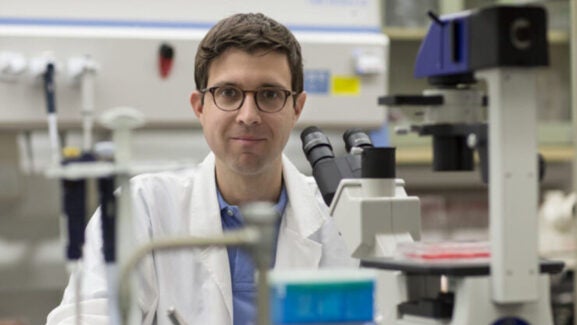
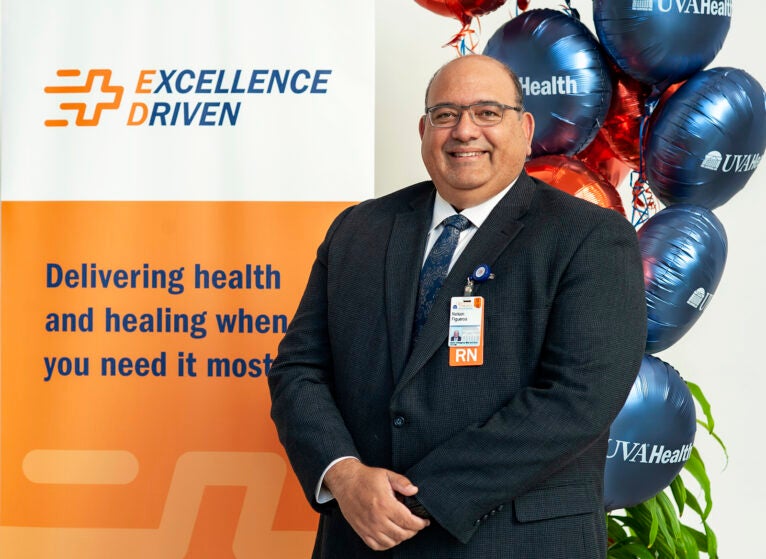
Excellence Driven: UVA Health Emergency Department Changes Predicted to Have a Significant Impact
UVA Health Emergency Department (ED) has launched Excellence Driven, an initiative to streamline care delivery and create a better patient experience with shorter facility stays and improved patient outcomes. With more than 70,000 patients cared for every year at the ED, these changes will have a significant impact on the hospital and the larger Charlottesville community. Nelson Figueroa, RN, MBA, FACHE, Administrator of Emergency Medicine and Services at UVA Health, shares his thoughts on the initiative and more:
With the launch of Excellence Driven, what changes can visitors to the ED expect?
Figueroa: While much of the project is focused on providing care faster to patients, it’s also about improving quality. To do that, the central change is that a physician now will be stationed closer to the point of patient entry. When a patient comes into the ED, they’ll see a registered nurse and then a physician right away. The registered nurse will identify patients with potential life-threatening conditions and take them directly to a main treatment area. All other patients will proceed to be seen by an ED physician.
What most hospitals call Provider in Triage (PIT), we’re now calling Physician in Triage. That PIT doctor can assess the level of care the patient needs and direct them to the right place. If upon further assessment they identify a sicker patient, they will go straight back to a bed, while those who don’t need that level of care won’t take up that in-demand space. Pediatric patients will be managed differently and directly through the Pediatric ED.
Where might those less critical patients end up?
Figueroa: We’ve created a new space called Rapid Medical Evaluation (RME) where patients are not in beds but instead in reclined chairs. This change allows patients to stay within the eyesight of the medical staff while they wait for any results that will determine whether they’re discharged or admitted. The hope is that this model will reduce the number of patients who take up beds or leave before being seen out of frustration at long wait times.
How has the testing period gone?
Figueroa: Overall, the feedback has been very positive. We ran a test just the other night, and where you would typically expect to see between 25 and 35 patients in our waiting room, the space was completely empty. EMS said they felt the difference right away since the patients they brought in were placed more quickly, and the staff felt there was greater efficiency in seeing patients. Not everything is perfect yet, but our patient population data shows our patients were discharged an hour sooner during the pilot days— that’s huge!
What's the end goal for this initiative?
Figueroa: Post-COVID, our patient volume was rising quickly and it became imperative we improve our operations. We needed to be more efficient in order to meet the growing demand. The challenge has been to do that quickly while preserving quality care outcomes without overburdening staff or patients. We truly believe this initiative will deliver on that!
As we get accustomed to this new process and it becomes ingrained in our culture, the hope is patients will have to wait less before seeing a physician and that sicker patients will be placed in the right location for care immediately. We hope this will have a broader impact, increasing satisfaction and outcomes across the board — including for caregivers and patients.
What does it mean to you to lead this initiative?
Figueroa: As an Emergency Department leader, it's always been important to me that the ED is able to meet the needs of the community. When there are delays, or patients leave without seeing a doctor, we can’t know their care outcome — and that’s dangerous for everyone. Personally, I feel that we’ve failed the patient when that happens. By adding capacity to the ED and improving operations, we’re filling a vital need and allowing UVA Health to provide the specialty care we’re uniquely equipped to offer.
Who's part of the launch team?
Figueroa: Every level of every discipline has come together to build this program. Since every process within the ED is connected to every other process, it just makes sense to involve people from every level. Whether it’s physicians being able to see patients in a timely manner; nurses executing care for patients more efficiently; or unit clerks handling fewer phone calls from family members or private physicians — this collaborative effort allows us to see how we could truly optimize impact across the ED.
Latest News



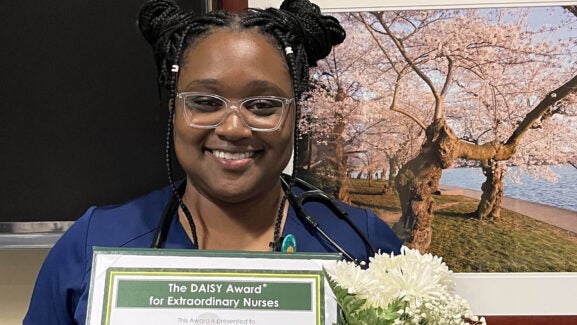
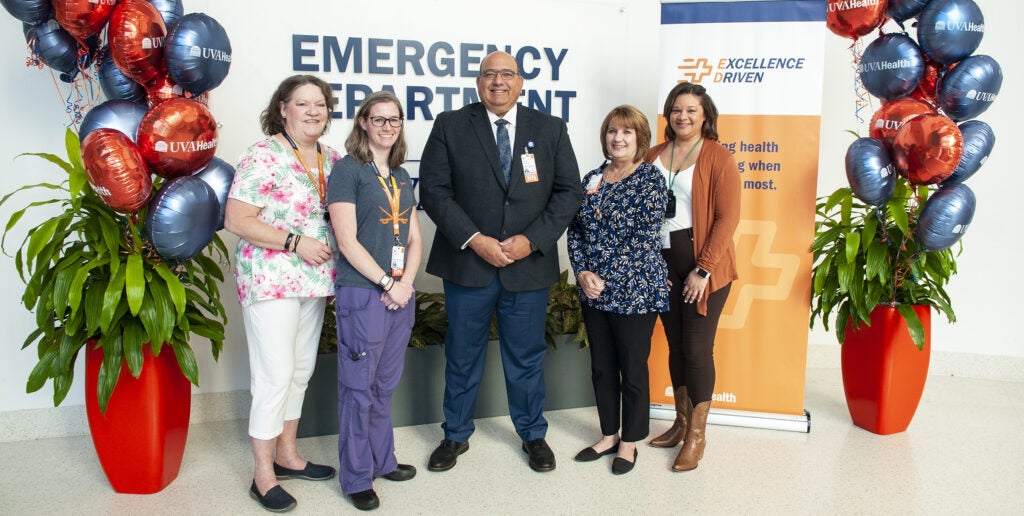

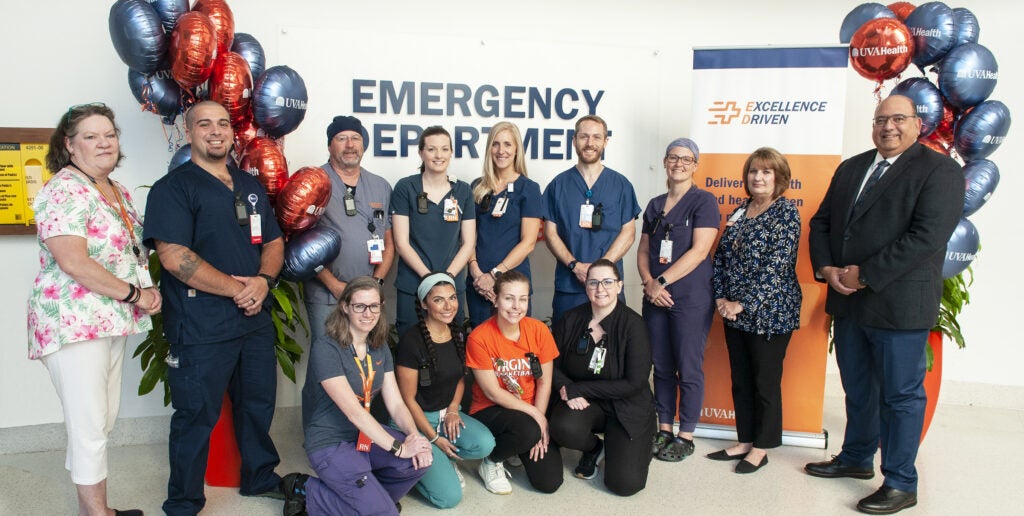
A friend and family spent close to 11 hours waiting in the Emergency Room. When she was discharged, she had to go over to the pharmacy and wait for a prescription. Their ER experience was not very good.
This is incredible work on behalf of our patients and community. Great job Nelson and team!!
We have had multiple negative.experiences in the emergency room. I hope the new management will improve the emergency department. I really have to think twice before I bring my family to the emergency room. Crossing my fingers that things will improve.